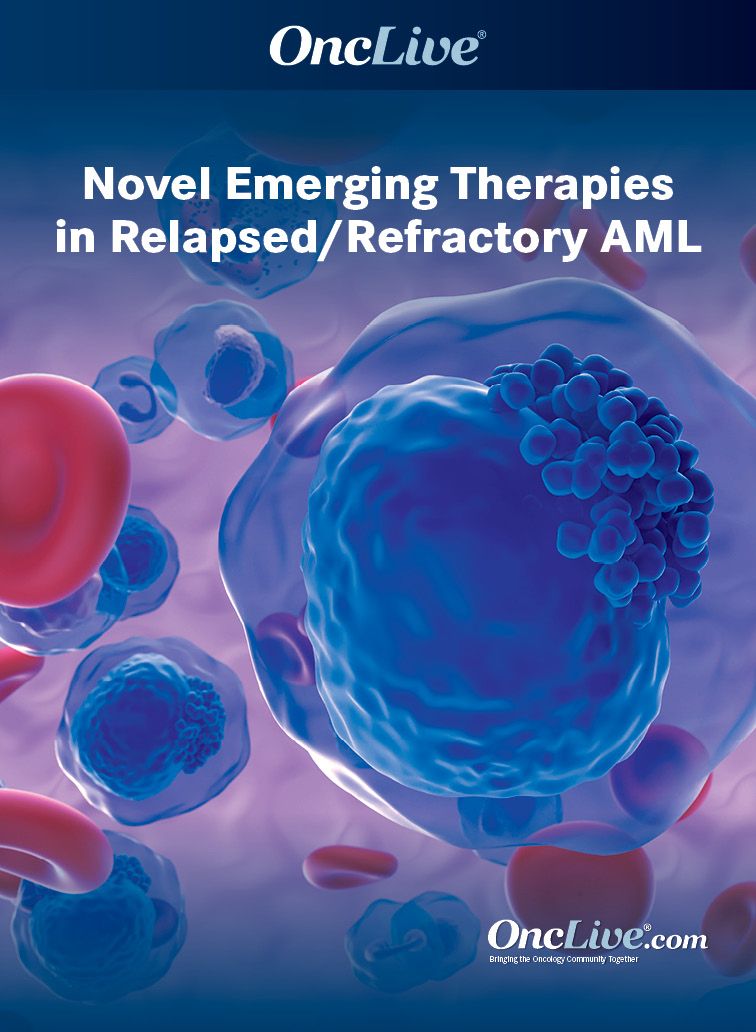Publication
Video
Dr. Becker on the Rationale for Investigating Uproleselan in Combination with Chemotherapy in AML
Author(s):
Pamela S. Becker, MD, PhD, discusses the rationale for investigating uproleselan in combination with chemotherapy in relapsed/refractory acute myeloid leukemia.
Pamela S. Becker, MD, PhD, Department of Hematologic Malignancies, City of Hope, discusses the rationale for investigating uproleselan (GMI-1271) in combination with chemotherapy in relapsed/refractory acute myeloid leukemia (AML).
Preclinical studies of uproleselan done in Australia by a group led by investigator Ingrid Winkler showed that AML cells in mice enhanced proinflammatory mediators, which increased E-selectin expression in the bone marrow microenvironment, Becker says. Additionally, this research demonstrated mediators expressed by AML could not up-regulate the E-selectin, due to prevention from the TNFα blockade , Becker explains.
Moreover, preclinical work with uproleselan generated a decrease to the pro-survival pathways that are active in the AML, Becker continues. This process sensitized the AML cells to chemotherapy, Becker continues. Mouse models elicited an improved survival of mice if they were treated with chemotherapy plus the uproleselan, vs chemotherapy alone, Becker concludes.










